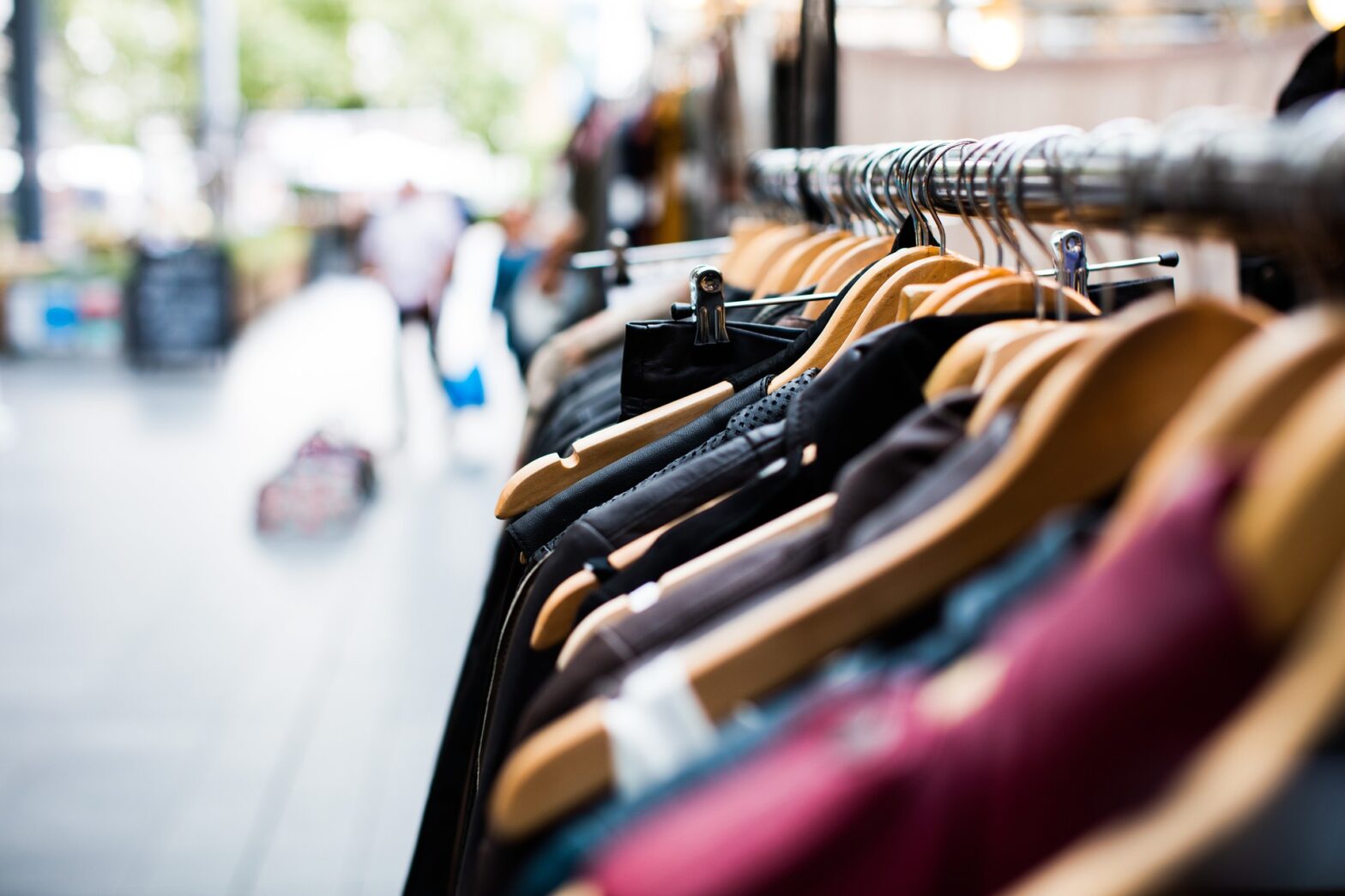Can you take a deduction for clothing? What if you purchase the clothing for work and would not otherwise have purchased the clothing? What if the clothing is only worn at work? This is a common dispute that comes up on audit with the IRS. The Farolan v. Commissioner, T.C. Summary Opinion 2018-28, case provides an opportunity to consider this topic.
The Facts & Procedural History
The facts and procedural history are as follows. The taxpayer was employed as a senior marketing communications specialist by a semiconductor company in California.
She was responsible for marketing, advertising, public relations, and internal and external company events, including trade shows.
The court described the clothing she purchased as follows:
clothing from Nordstrom, Bloomingdale’s, Banana Republic, Ann Taylor, J. Crew, and Old Navy to wear to the company events and trade shows. The clothing petitioner purchased, for which she provided proof of her expenses, consisted of blouses, shoes, sweaters, dresses, pants, activewear, and bracelets. None of the purchased clothing had a company logo.
The taxpayer deducted the cost for these clothes, the IRS denied the deduction, and litigation ensued.
The Rules for Deducting Wardrobe Costs
Here are the general rules for deducting wardrobe costs:
- The cost of a business wardrobe, even if required as a condition of employment, is considered a nondeductible personal expense.
- Wardrobe costs are not deductible even when it has been shown that the particular clothes would not have been purchased but for the employment.
- Clothing costs are deductible as ordinary and necessary business expenses only if a taxpayer proves that:
- the clothing is of a type specifically required as a condition of employment,
- it is not adaptable to general usage as ordinary clothing, and
- it is not so worn.
These are the general rules.
Valid Arguments for Deducting Clothing
The taxpayer in Farolan argued that she satisfied the general rules.
The arguments she made would seem to indicate that the clothing costs were deductible. She argued that:
[She] was required to wear “formal and theme clothing” to the trade shows and company events, and the company did not reimburse her for it. For instance, [she] testified that in 2013 her employer hosted an extravagant company event with an Oscars-inspired theme for which she purchased a gown. She asserted she could not wear the gown to other events because it was tailored to this event. [She] further testified that because she was the face of the company in a predominantly male-dominated industry her clothing and presentation mattered because others’ first impressions were shaped by her appearance. According to [her], the clothing she purchased could not be and was not worn outside of the trade shows and company events, not even to go to work on an ordinary day.
These arguments would seem to satisfy the rules. The only problem is that the facts did not jive with the arguments, as noted by the court:
receipts and statements from Nordstrom, Bloomingdale’s, Banana Republic, Ann Taylor, J. Crew, and Old Navy. The receipts and descriptions indicate the clothing purchased consisted of blouses, shoes, sweaters, dresses, pants, activewear, and bracelets. This clothing and the accessories are in fact adaptable to general use as ordinary clothing by petitioner outside of her employment.
Even though the taxpayer lost the case, the case itself provides a great explanation as to what arguments and facts are needed to support a deduction for clothing.

